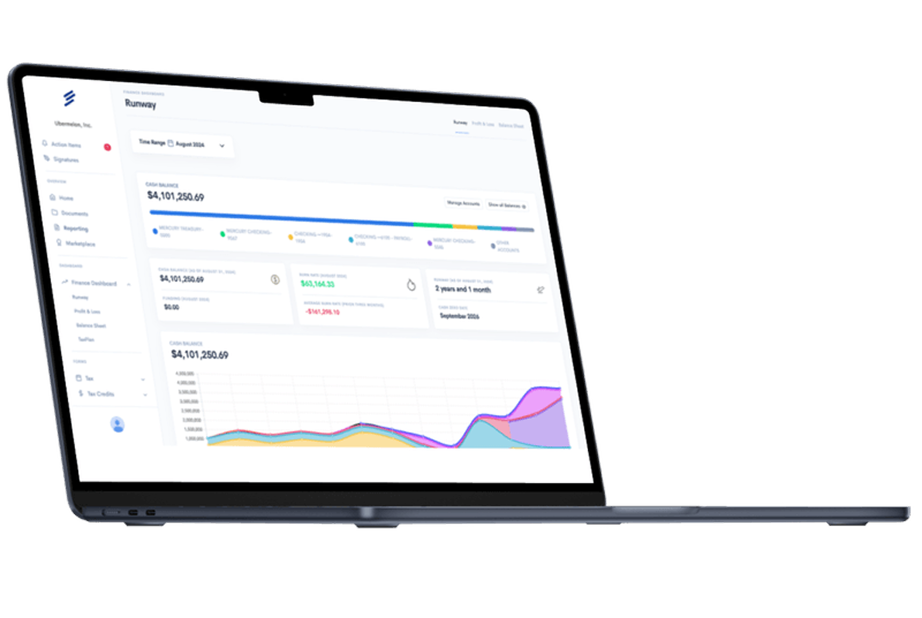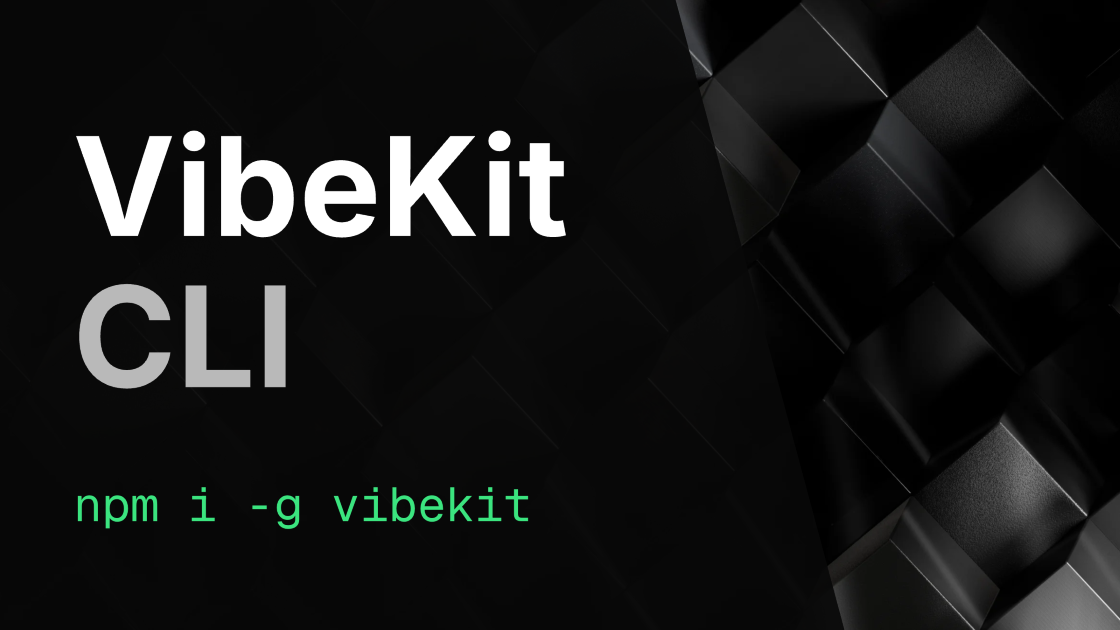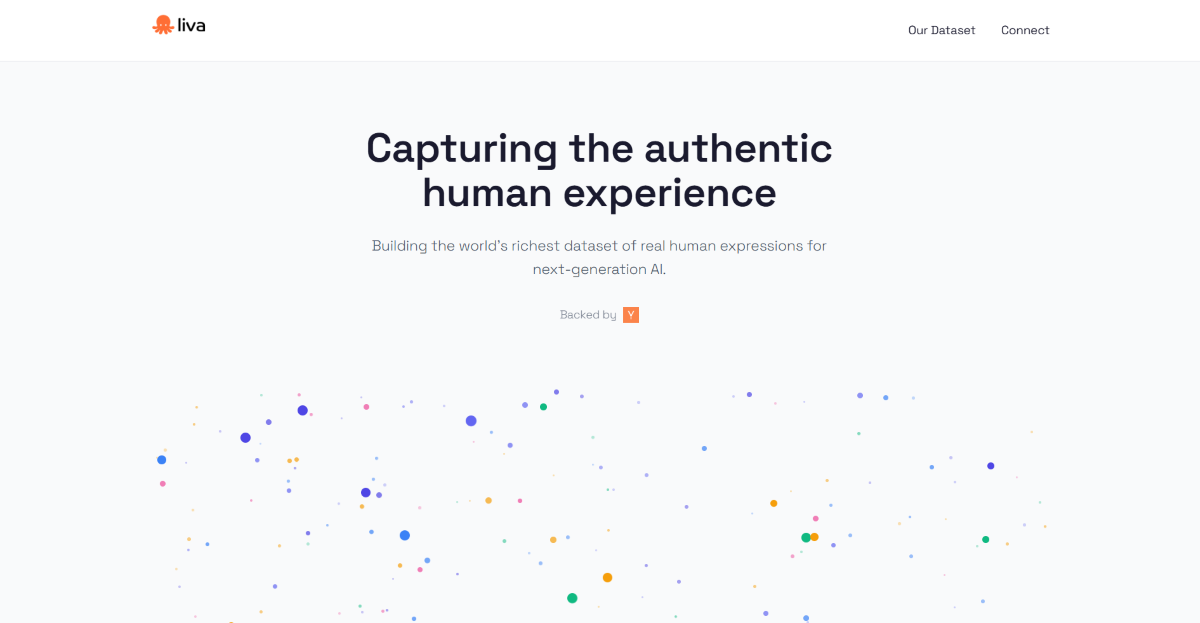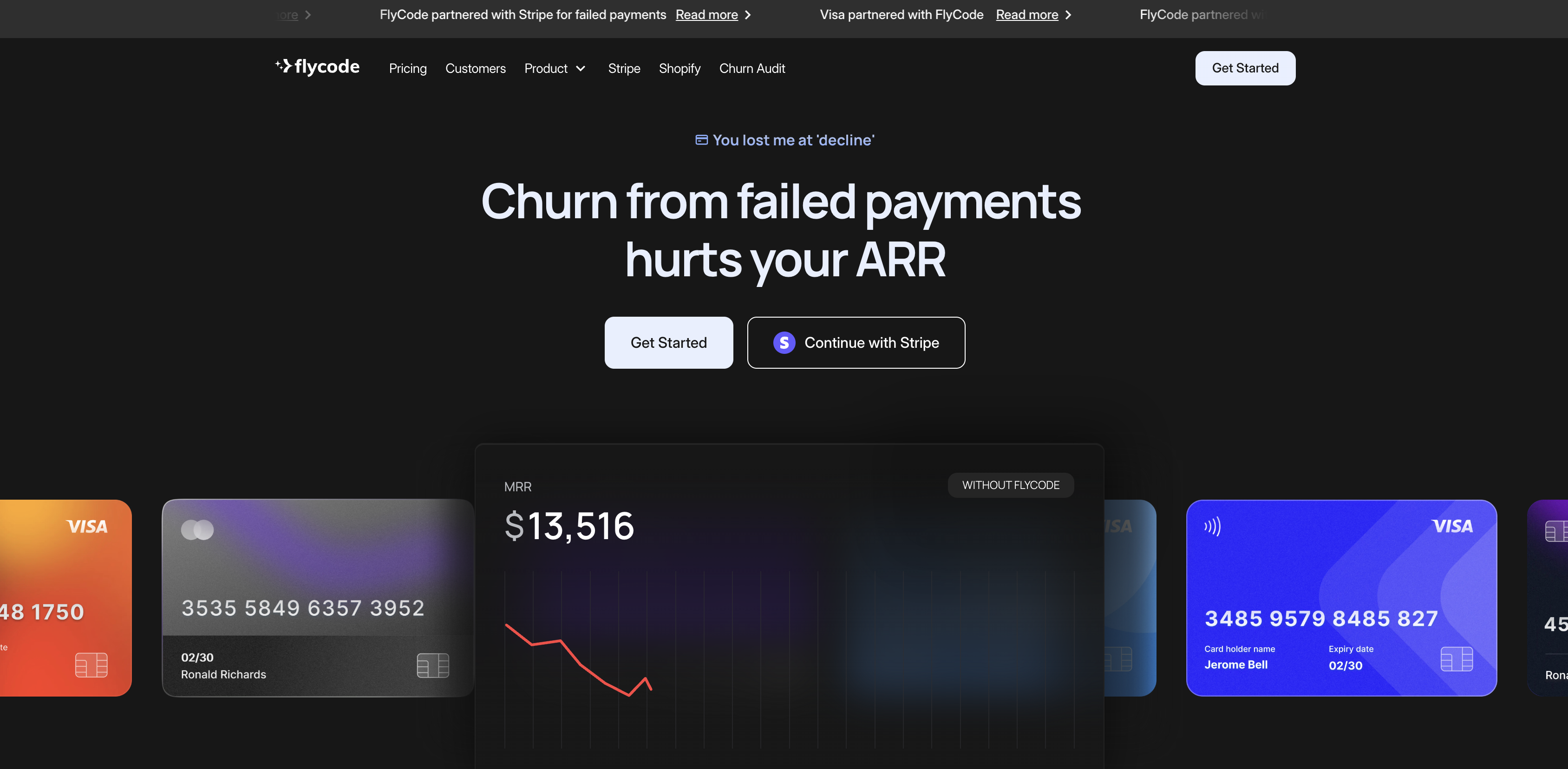When it comes to managing your business's payroll, tax filings, and employee benefits, choosing the right platform is crucial for operational efficiency and compliance.
Choosing the right payroll solution is crucial for operational efficiency and compliance in your business. Square Payroll and Gusto have emerged as leading contenders in the small to medium-sized business payroll software market, each offering distinctive features tailored to different business needs. Both platforms aim to simplify payroll processes, but they approach this goal with different strengths and priorities that can significantly impact your day-to-day operations.
How Do Square Payroll and Gusto Compare?
Navigating the complex world of payroll management requires careful consideration of various factors including cost, features, and integration capabilities. Square Payroll, developed by the same company known for its point-of-sale solutions, offers seamless integration with other Square products while providing streamlined payroll services. The platform's straightforward approach makes it particularly appealing for businesses with simpler payroll needs or those already using Square's ecosystem.
Gusto positions itself as a comprehensive HR and payroll solution with extensive features beyond basic payroll processing. Its robust HR capabilities, benefits administration, and detailed reporting make it well-suited for businesses with more complex workforce management needs. The platform's user-friendly interface and contextual guidance help demystify complex payroll concepts for business owners without specialized knowledge.
Understanding the nuances between these platforms is essential, as the right choice can save you time, reduce compliance risks, and potentially lower operational costs. Whether you're a restaurant owner, retail shop manager, or professional services provider, examining how each platform addresses your specific industry needs will guide you toward a more informed decision for your payroll management requirements.
Breaking Down Pricing Structures
Square Payroll and Gusto offer distinct pricing models that cater to different business sizes and needs. Square Payroll takes a straightforward approach with its pricing structure: $35 per month plus $6 per employee or contractor paid. This flat-rate model provides all-inclusive access to their payroll features without tiered limitations or hidden fees.
For businesses primarily working with contractors, Square offers a contractor-only plan at $6 per contractor with no base fee. This makes it particularly cost-effective for businesses with a predominantly contract workforce or seasonal operations that don't require year-round employee management. The simplicity of Square's pricing allows for easy budgeting and predictable costs as your team grows.
Gusto's pricing, by comparison, follows a more stratified approach across multiple tiers. Their Simple plan starts at $40 per month plus $6 per person, offering basic payroll functions suitable for smaller businesses. The Plus plan increases to $80 per month plus $12 per person, adding features like time tracking and team management tools that benefit growing organizations. Their Premium plan, with custom pricing, includes additional HR resources and dedicated support for businesses with complex needs.
Essential Payroll Functions Compared
Both platforms handle the fundamental payroll functions businesses need, including automatic calculation of employee wages, tax withholdings, and direct deposits. They also both offer unlimited payroll runs, allowing businesses to process payroll as frequently as needed without additional charges. This flexibility proves valuable for businesses with varying pay schedules or frequent bonus distributions.
Square Payroll's core strength lies in its simplicity and efficiency in day-to-day operations. The platform automatically calculates and files federal and state payroll taxes, manages tax forms, and offers four-day direct deposit processing. Square also provides instant payments via the Cash App, giving employees faster access to their earnings-a feature particularly appreciated by hourly workers.
Gusto takes a more comprehensive approach to payroll processing with additional capabilities. Beyond the basics, it offers automatic tax filing in all 50 states and handles local taxes, which Square does not cover. The platform provides two-day direct deposit on its basic plan and next-day direct deposit on higher-tier plans, giving businesses more flexibility in payment timing. Gusto also includes more sophisticated payroll features like:
- Wage garnishment services: Automatic processing of court-ordered deductions (except in South Carolina)
- Tip credit management: Comprehensive tools for service industry businesses
- Multi-state compliance: Robust support for businesses with employees across different tax jurisdictions
- Detailed reporting tools: In-depth insights into labor costs and payroll expenses
What Makes Each Platform's User Experience Unique?
The user experience significantly impacts day-to-day efficiency and adoption rates among business owners and administrators. Both Square Payroll and Gusto have invested heavily in creating intuitive interfaces, but they cater to different user preferences and business contexts. Understanding these differences helps determine which platform will integrate more smoothly into your existing workflows.
Square Payroll provides a streamlined, minimalist interface consistent with Square's design philosophy across all its products. Navigation follows a logical workflow progression with clear labels and intuitive organization of features. The dashboard presents essential information at a glance, allowing users to quickly run payroll, review employee details, or access tax documents without navigating through multiple screens.
Gusto offers a more feature-rich interface with a friendly, approachable design that incorporates helpful elements like contextual tooltips and step-by-step guidance. The dashboard is more comprehensive than Square's, displaying upcoming payroll dates, outstanding tasks, recent activities, and team insights all in one view. This information-rich approach provides more context but may require more time to fully navigate and understand for new users.
Mobile Accessibility and On-the-Go Management
Mobile functionality represents a significant differentiator between the two platforms, especially for business owners who aren't desk-bound. Square's mobile app is particularly robust, enabling comprehensive payroll management from smartphones or tablets. Users can run payroll, review employee information, and handle time tracking directly from mobile devices.
The mobile capabilities include:
- Complete payroll processing: Run full payroll cycles from anywhere
- Time tracking approval: Review and approve employee hours on the go
- Employee management: Add new hires or update information while away from the office
- Tax document access: View and download important tax forms when needed
Gusto's mobile solution primarily serves employees rather than administrators, which can be limiting for on-the-go management. The platform lacks a true administrator mobile app with full functionality, requiring business owners to access a computer for most payroll management tasks. This limitation may impact businesses where owners or managers frequently work away from their desks.
How Do HR and Benefits Administration Compare?
The distinction between Square Payroll and Gusto becomes most pronounced when examining their HR and benefits administration capabilities. These features extend beyond core payroll functions and can significantly impact your overall workforce management approach. The right choice depends largely on how comprehensive your HR needs are beyond basic payroll processing.
Square Payroll offers fundamental HR functionality focused on essential employee management. The platform provides employee onboarding tools that allow new hires to self-onboard by entering their personal information, tax details, and direct deposit information. This streamlined approach reduces paperwork and accelerates the hiring process for small businesses without dedicated HR staff.
Gusto positions itself as an integrated HR platform with significantly more robust capabilities for comprehensive workforce management. Its onboarding tools include customizable welcome packets, digital document signing, and automated state new hire reporting. The platform also offers employee self-service portals that allow staff to access their information, tax documents, and benefits details without administrator assistance.
Benefits Options and Administration
Benefits administration represents another area where the platforms diverge significantly in their approaches and capabilities. Square Payroll provides access to benefits options through partnerships with providers like SimplyInsured for health insurance and Guideline for 401(k) plans. These integrations function primarily as referral relationships rather than deeply integrated systems.
Gusto offers a substantially broader range of benefits administration options, making it more suitable for businesses looking to provide comprehensive employee benefits. The available options include:
- Health insurance: Available in 39 states with multiple plan options
- Dental and vision coverage: Supplemental health benefits
- Retirement plans: 401(k) plans with various investment options
- Specialty benefits: Commuter benefits, health savings accounts (HSAs), and flexible spending accounts (FSAs)
- Life and disability insurance: Additional protection options for employees
Which Platform Excels at Time Tracking?
Effective time tracking integration can significantly streamline payroll processing by automatically converting work hours into wage calculations. The approaches of Square Payroll and Gusto diverge considerably in this area, reflecting their different orientations toward business operations and target industries.
Square Payroll offers native time tracking through the Square Team app, which integrates seamlessly with Square's Point of Sale system. This integration creates a unified ecosystem where sales, scheduling, and payroll all work together without manual data entry. Employees can clock in and out directly through the Square POS terminal or via the mobile app, with geofencing capabilities to verify location and prevent time theft.
Gusto provides time tracking capabilities in its Plus and Premium plans but not in its basic Simple plan. The system allows employees to track time through the web or mobile app and includes overtime calculations and PTO management. Gusto's approach focuses more on office environments and professional services rather than retail or restaurant settings.
Scheduling and Time-Off Management
Beyond basic time tracking, how each platform handles scheduling and time-off management affects workforce planning and payroll accuracy. Square's system includes integrated scheduling features that create a comprehensive workforce management solution. These capabilities allow managers to:
- Create employee schedules: Build and publish work schedules directly in the system
- Track overtime automatically: Monitor approaching overtime thresholds to control labor costs
- Manage time-off requests: Process and approve vacation or sick leave within the platform
- Set labor targets: Align staffing with projected business needs and budgets
Gusto's time-off management is more robust than its scheduling capabilities, particularly for office environments. The platform excels at tracking various leave types, accrual policies, and approval workflows. For businesses needing more specialized scheduling, Gusto integrates with third-party solutions like Homebase, When I Work, and TSheets to extend its functionality.
How Well Do These Platforms Connect With Other Tools?
The ability to integrate payroll software with other business systems can dramatically improve operational efficiency and data accuracy. Both Square Payroll and Gusto offer integration capabilities, but they differ significantly in scope and approach. Your existing technology stack may heavily influence which platform provides better connectivity for your business.
Square Payroll shines in its native integration with other Square products, creating a cohesive ecosystem for businesses already using Square's point-of-sale, payment processing, or business banking solutions. This tight integration enables seamless data flow between sales, time tracking, and payroll-particularly valuable for retail and service businesses where these functions are closely intertwined.
Gusto boasts a significantly more extensive integration network, connecting with over 130 third-party applications across various business categories. This broad integration capability makes Gusto more adaptable to diverse business technology stacks and allows it to function effectively as a central hub in a larger business software ecosystem. The platform's API is also more accessible for custom integrations, providing greater flexibility for businesses with specialized software needs.
Key Integration Differences
The specific integrations available with each platform reflect their different approaches to business operations and target markets. Square Payroll focuses on essential accounting connections and Square ecosystem integration, while Gusto offers a broader range of business tool connections:
Square Payroll integrations:
- Square ecosystem: Point-of-sale, payments, banking, and team management
- Accounting software: QuickBooks Online and Xero for financial reconciliation
- Limited third-party options: Fewer connections outside the Square ecosystem
Gusto integrations:
- Accounting platforms: QuickBooks, Xero, FreshBooks, and other financial systems
- Business operations: Expensify, Shopify, Zoom, Slack, and various POS systems
- Time tracking: Homebase, When I Work, TSheets, and other scheduling tools
- HR systems: BambooHR, Lattice, and other employee management platforms
Which Industries Benefit Most From Each Platform?
The ideal payroll solution varies significantly depending on your industry, business model, and operational needs. Square Payroll and Gusto each excel in different business contexts based on their feature sets and design philosophies. Understanding which platform aligns better with your industry's typical workflows can guide your selection process.
Square Payroll demonstrates particular strength for retail, restaurant, service, and hospitality businesses where hourly employees, shift scheduling, and tip management are central operational concerns. The platform handles tip distribution efficiently and allows employees to clock in directly through POS terminals, streamlining operations for customer-facing businesses. Small retail shops, cafes, bars, salons, and quick-service restaurants frequently cite Square Payroll as an intuitive extension of their existing Square-based operations.
Gusto better serves professional service firms, technology companies, nonprofits, and businesses with more complex HR needs beyond basic payroll processing. Its robust benefits administration, detailed reporting capabilities, and extensive third-party integrations make it well-suited for knowledge-worker intensive operations. Companies that need to track billable hours across different projects, manage comprehensive benefits packages, or require sophisticated HR functionality tend to favor Gusto's more comprehensive approach.
Business Size and Growth Considerations
Beyond industry type, business size and growth trajectory significantly influence which platform provides better alignment with your needs. Square Payroll works exceptionally well for:
- Micro-businesses: Sole proprietors and very small teams with basic needs
- Stable small businesses: Companies with consistent employee counts and straightforward requirements
- Square ecosystem users: Businesses already invested in Square's other products
- Seasonal operations: Organizations with fluctuating workforce needs throughout the year
Gusto provides better support for:
- Growing businesses: Companies expecting to scale their workforce and HR needs
- Multi-state employers: Organizations with employees across different tax jurisdictions
- Benefits-focused employers: Businesses offering comprehensive benefits packages
- Companies with complex compliance needs: Organizations requiring sophisticated tax and regulatory support
How Should You Choose Between Square and Gusto?
Selecting the optimal payroll solution requires balancing immediate needs against long-term business goals. Based on our comprehensive analysis, several clear patterns emerge to guide your decision between Square Payroll and Gusto. The right choice depends on your specific business context, priorities, and future plans.
Square Payroll represents the superior choice for businesses already embedded in the Square ecosystem, particularly retail, restaurant, and service establishments using Square POS. Its streamlined approach, straightforward pricing, and seamless integration with other Square products create an efficient operational framework for businesses with straightforward payroll needs. The ability to process instant payments through Cash App and its superior mobile app functionality also make Square particularly attractive for businesses where owners and managers aren't desk-bound.
Gusto stands as the preferred option for businesses seeking a comprehensive HR and payroll platform rather than just payroll processing. Its extensive benefits administration capabilities, sophisticated reporting, broader integration options, and scalable feature set make it ideal for growing businesses with evolving HR needs. Businesses operating across multiple states or those anticipating growth into new jurisdictions will benefit from Gusto's more comprehensive tax compliance features.
Making Your Final Decision
When making your final decision, consider these practical steps to ensure you select the platform that best fits your business:
- Evaluate your current technology stack: Determine how well each platform would integrate with your existing business tools
- Assess your HR complexity: Consider whether you need basic payroll or comprehensive HR functionality
- Project your growth trajectory: Think about how your needs might evolve over the next 2-3 years
- Calculate total costs: Compare pricing based on your specific employee count and needed features
- Request demonstrations: Experience both platforms firsthand before making a commitment
Ready to Streamline Your Payroll Process?
Your payroll system forms a critical foundation for business operations, employee satisfaction, and regulatory compliance. The choice between Square Payroll and Gusto should align with your specific business context, priorities, and future plans rather than simply selecting the platform with the most features. Both solutions offer significant improvements over manual payroll processes and can dramatically reduce administrative burden.
Square Payroll delivers exceptional value for businesses seeking a straightforward, affordable solution, especially those already embedded in the Square ecosystem. Its strengths in mobile accessibility, point-of-sale integration, and competitive pricing make it particularly well-suited for retail, restaurant, and service businesses with relatively straightforward payroll and HR needs. The platform's approach emphasizes simplicity and efficiency, delivering core payroll functionality without unnecessary complexity.
Gusto provides a more comprehensive platform that extends well beyond basic payroll processing to include extensive HR capabilities, benefits administration, and employee management tools. While this comes with a higher price tag for advanced features, the additional functionality can deliver significant value for growing businesses with evolving HR needs. The platform's user-friendly interface and exceptional customer support further enhance its appeal for businesses seeking a scalable, all-in-one solution for payroll and HR management.
Take time to thoroughly evaluate both platforms against your specific requirements before making your decision. Many businesses find that the right choice becomes clear once they've carefully considered their operational patterns, growth plans, and integration needs. Whichever platform you select, implementing a modern payroll solution will dramatically improve efficiency, reduce compliance risks, and free up valuable time to focus on growing your business.
Simplify Startup Finances Today
Take the stress out of bookkeeping, taxes, and tax credits with Fondo’s all-in-one accounting platform built for startups. Start saving time and money with our expert-backed solutions.
Get Started









.png)









